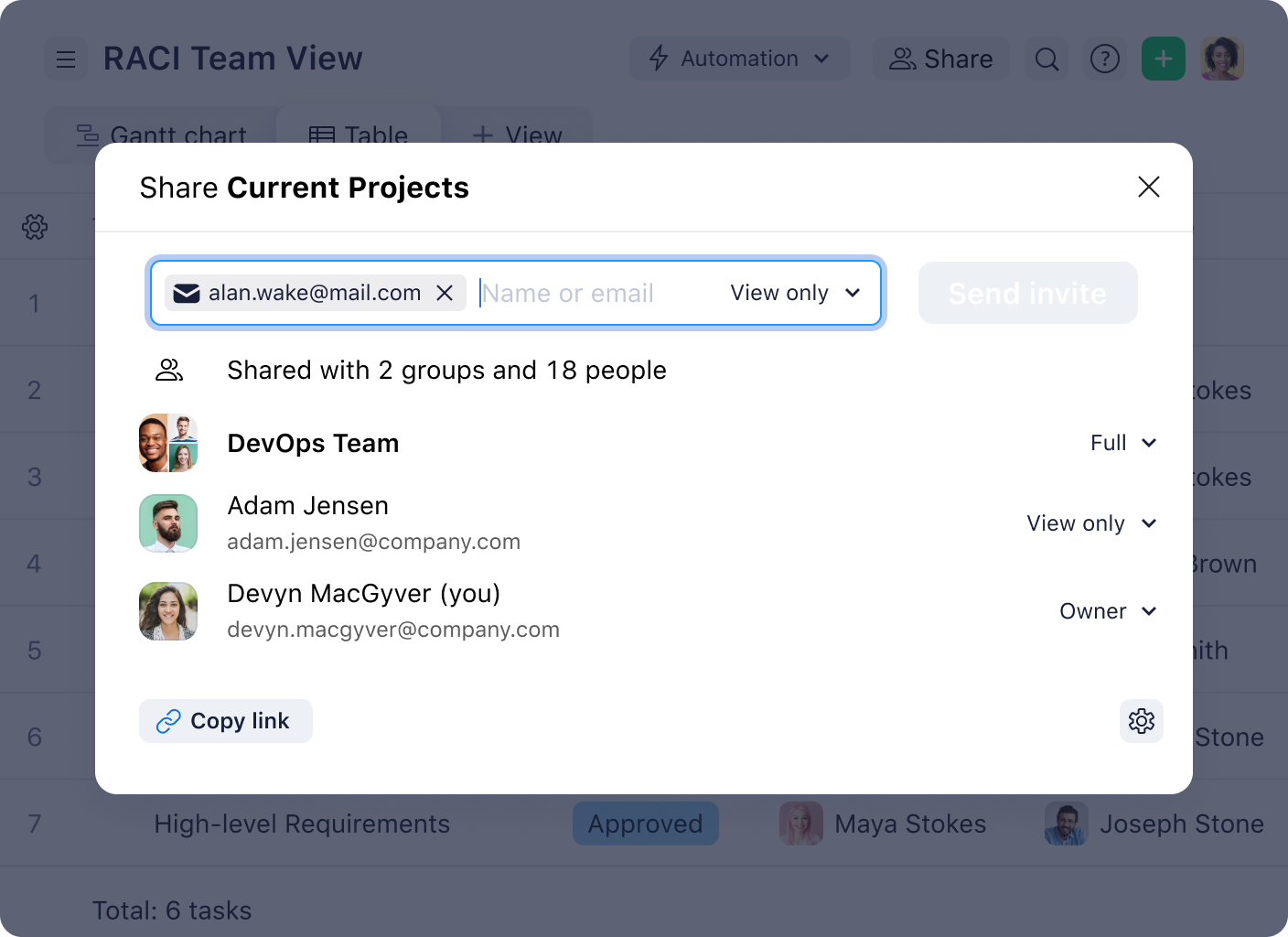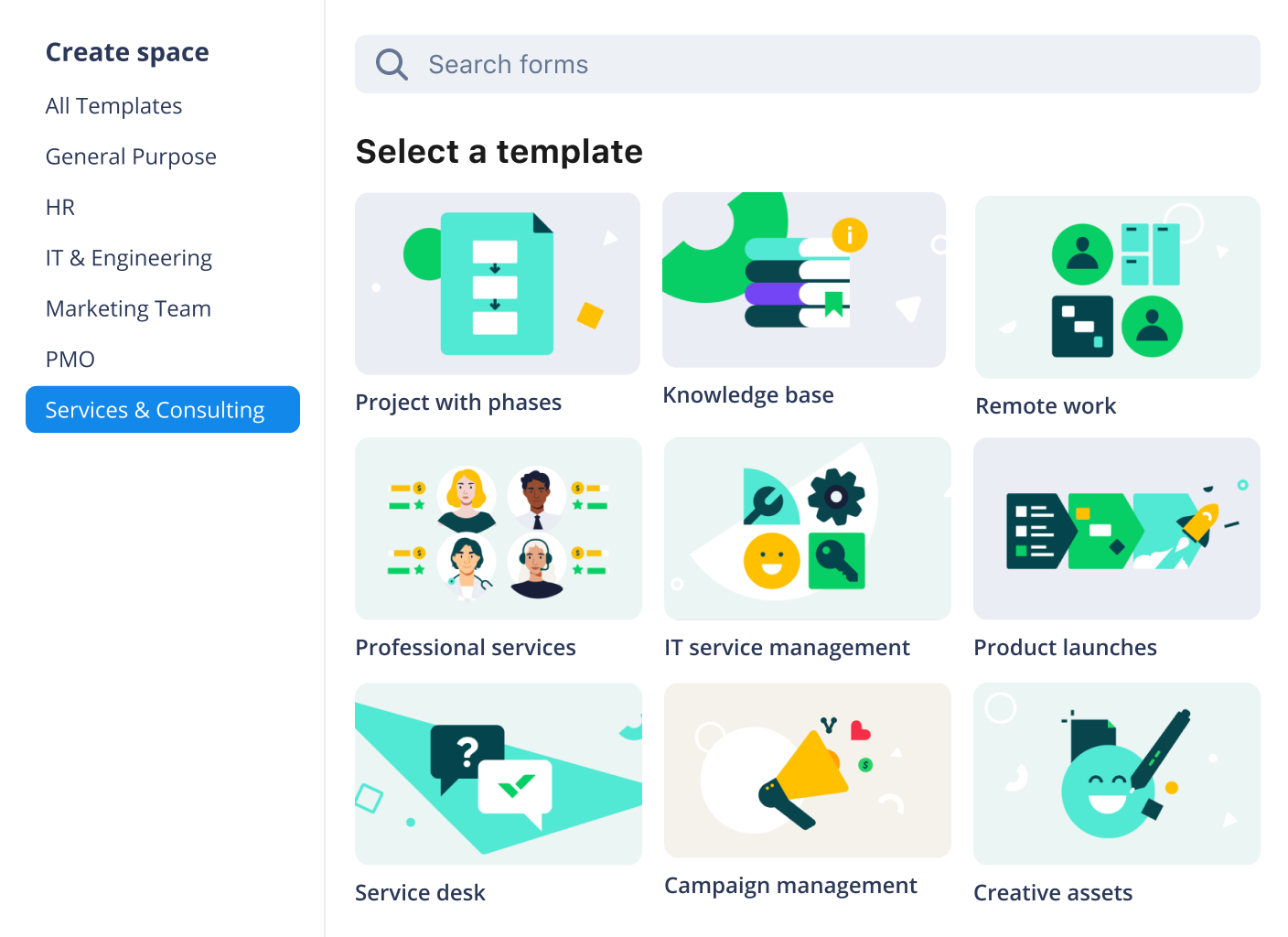Key takeaways:
- What are business processes? These are a series of activities that organizations perform to achieve specific outcomes, covering areas like accounting and customer service.
- Why should anybody streamline business processes? Streamlining eliminates redundancies, boosts productivity, enhances customer satisfaction, and fosters employee engagement.
- What is process mapping? This is a visual representation of business processes that simplifies understanding and identifies inefficiencies.
- How can anybody simplify processes through mapping? Document existing processes, analyze for improvements, and redesign workflows using techniques like flowcharts and swimlane diagrams.
- Which tools aid in process mapping? Tools like Microsoft Visio for flowcharting and BPM software for automation help create effective process maps.
Schoolteachers are faced with a tall order when preparing their lessons: teach the material properly while also keeping students engaged. Some default to droning on and on in lectures while others explain huge blocks of text on a PowerPoint. Others get more creative.
The teachers who succeed in piquing their students’ interests are the ones who incorporate interesting visuals into their lessons. Whether it was a slideshow of relevant memes to recall tricky French vocabulary or a tree diagram to remember the different layers of government, it’s clear that using visuals can simplify matters and engage your audience.
In the business world, getting to the point while making sure everybody understands what is going on is of paramount importance. It’s no surprise that process mapping has become so popular, as this technique is known for visualizing and optimizing business processes.
In this article, we will explore the basics of business processes and process mapping. We will also go over several tools and techniques that can help you run your business more efficiently.
What are business processes?
Although the term sounds technical, the concept is actually quite simple. Business processes refer to a series of activities and tasks that a company performs to achieve a specific outcome. Think about it — every organization has processes related to matters like accounting, customer service, operations, support, etc. For instance, while accounting processes tend to be more formal (e.g., documented procedures), customer service-related processes are typically informal (e.g., how employees handle customer inquiries).
Why should you streamline business processes?
Whether you realize it or not, businesses have a vested interest in streamlining their processes. Here are several benefits that will get your attention:
- Eliminate unnecessary steps and reduce bottlenecks: Identify and remove redundant tasks in your processes to streamline your operations. Since you are distributing resources correctly, you can boost productivity and cut costs.
- Boost customer satisfaction: The ultimate goal is to deliver products or services in a quick, accurate, and consistent fashion. You can accomplish this by automating certain processes, implementing self-service options, or improving communication channels.
- Remain competitive when the market shifts: Some companies fold like a house of cards when the market changes, while others do great under pressure. By streamlining your processes, you are effectively reducing the time it takes to bring your new products to market and increasing your chances of scoring some big sales.
- Improve employee satisfaction and engagement: Getting rid of unnecessary tasks (think automation!) and simplifying workflows lets your staff focus on more meaningful activities. Your team will be happy to come to work, and it’s in this positive environment that innovation and creativity can flourish.
What is process mapping?
Process mapping is a powerful tool used in business to visually represent a business process, depicting how a process flows from start to finish.
Picture your parents cutting your food into bite-size pieces when you were younger. Maybe you wanted to eat as you pleased but your parents were trying to prevent you from making a mess or choking. In the same way, the following process mapping techniques can effectively break down your complex operations and turn them into easily understandable concepts:
- Flowcharts use symbols and arrows to represent different steps in a process, making it easy to follow the flow of activities.
- Swimlane diagrams divide the process into lanes, each representing a different department or individual responsible for a specific task. With this tool, you can easily identify handoffs and dependencies between different stakeholders.
- Value stream maps focus on the value-added and non-value-added activities in a process. While the former improves overall efficiency, the latter tends to be wasteful — these kinds of tasks are what you should be looking to eliminate.

The key benefits
You already know how streamlining processes can breathe new life into your business. It’s time to see why you should start using process mapping, if you haven’t already done so.
- Identify and eliminate non-value-added activities: Combine certain tasks and eliminate others altogether to simplify your workflow and get projects done faster.
- Improve communication: A visual representation of the process makes it easier to see the bigger picture. Your team can begin discussing potential areas for improvement, rather than waste time figuring out how the project is supposed to run.
- Train new employees: When onboarding new hires, show them your process mapping tools to introduce the processes they will need to follow. This reduces the learning curve, so they can integrate quickly and become productive team members.
How to simplify business processes through process mapping
Let’s go over all the steps involved in process mapping. Be sure to follow these guidelines in chronological order!
1. Document existing processes
Begin by conducting interviews and gathering data from process owners and employees directly involved in the process. Essentially, you are trying to learn the ropes of the intricacies and nuances of the existing processes.
Then, you will use this information to document those same processes and see how things currently operate. Keep this documentation nearby, as you will need it as a reference point for analysis and improvement efforts.
2. Identify and analyze areas for improvement
After documenting the existing processes, it’s analysis time. You will need to search for inefficiencies, bottlenecks, and areas where resources are underused. To look for these issues, feel free to use flowcharts, value stream mapping, and data analysis.
In addition, if you want another perspective, call in your cross-functional teams for advice on what exactly to improve. This is better than relying on only one individual or team for input; as the saying goes, two heads are better than one!
3. Redesign and implement new processes
Based on the analysis, you can begin redesigning your workflow. Overall, you will need to simplify and optimize the steps, remove unnecessary activities, and introduce automation or technology where applicable. You can conduct pilot tests or simulate any of the new processes to note down any issues that may come up when integrating the new process.
You will also need to create flowcharts or swimlane diagrams and present them to your stakeholders. The idea is to provide a visual that will encourage them to support your revamp of the business processes. As for your employees, keep them in the loop by holding meetings to explain the new changes and their roles during the implementation.

Tools and techniques for effective process mapping
Let’s delve into some tools and techniques that can assist with your process mapping efforts.
- Flowcharting software (Microsoft Visio): Visio offers a user-friendly interface and a wide range of shapes and symbols to represent different process elements. Users will find that they can easily create and modify process maps.
- Business process management (BPM) software: BPM software offers unique, advanced functionality (e.g., process automation and performance tracking). These help map processes, automate repetitive tasks, and monitor key performance indicators.
- Online collaboration platforms: These platforms allow stakeholders to collaborate in real time, regardless of their geographical location. Anybody can share ideas, updates, and feedback, all in the same, convenient location!
- Capture both the high-level overview and the granular details of the process: While the former gives the ’big picture,’ the latter ensures clarity and precision. Be sure to document each step, decision point, and information flow for the sake of accuracy.
- Incorporate continuous improvement: Process mapping is not a one-time activity but an ongoing process. As you gain insights from the mapped processes, your team should update as necessary to remain aligned with evolving business needs.
How to overcome challenges in process mapping
When process mapping, you may stumble upon several roadblocks. For example, businesses usually contend with insufficient stakeholder involvement, inadequate data collection, unclear process boundaries and objectives, and resistance to change from their employees. Because all of these issues can slow down your momentum, you should use these strategies to keep going:
- Gain strong leadership support and sponsorship for the process mapping initiative, by emphasizing the importance of process improvement.
- Invest in comprehensive training for the staff to learn about process mapping.
- Establish regular communication and feedback loops to clarify expectations and encourage participation. This can be particularly helpful for employees who appear skeptical of process mapping and its effects.
Use Wrike to streamline your business processes
Simplifying your business processes starts with understanding the concept of process mapping. With Wrike, you can unravel these concepts and implement effective process mapping to enhance your operational efficiency.
The cool thing is that Wrike can give you access to a comprehensive set of features designed to make your business run a lot smoother. These include:
- Customizable workflows that suit your team’s unique processes
- Powerful AI and automation to reduce repetitive admin tasks
- Pre-built templates to establish processes from scratch
If you’re looking to streamline your business processes and dip your feet into the world of process mapping, we’re happy to assist. Start your free trial of Wrike today.
Note: This article was created with the assistance of an AI engine. It has been reviewed and revised by our team of experts to ensure accuracy and quality.




